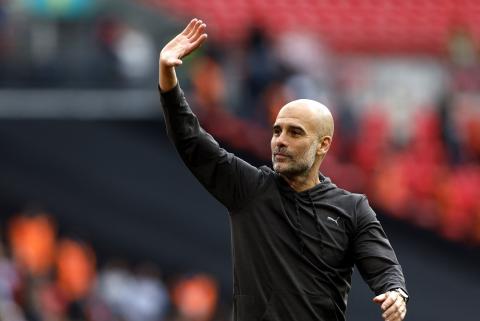
The British army says it is on track to meet its annual recruitment target for only the second time in eight years amid tentative signs that the pandemic crisis has acted as a “rallying cry to serve”.
With nearly three months to go before the recruiting year ends in March, a total of 7,719 young people have signed up. That represents 78% of the numbers required, giving army chiefs confidence that the goal will be achieved.
Formally, the Ministry of Defence (MoD) is not yet ready to declare that Covid-19 has helped with recruitment, but one defence source has said they believed the near-year-long crisis was among the factors persuading young people to join.
Applications often rise during periods of economic weakness, and the army offers a secure career at a time when many other employment opportunities have been curtailed. Another reason cited was the obvious need to help out around the UK in establishing Covid testing and vaccination sites. “It’s clear there is a rallying cry to serve,” the source added.
Five thousand troops and other members of the armed forces are currently deployed in locations around the UK in what the MoD described earlier this week as “the biggest homeland operation in peacetime”.
That includes 800 personnel providing coronavirus testing in Manchester, a further 420 in neighbouring Lancashire, and 390 in Kent – plus 160 planners and logistics specialists helping with fast-developing plans to supply the vaccine to sites around the country.
Lt Gen Sir Tyrone Urch, Commander Home Command, said: “In a uniquely demanding year for us all, it has been remarkable and really encouraging to see the huge numbers of talented young people looking to join the army.”
Enlistment had collapsed after the recruitment process was part-privatised in 2012, with Capita working jointly on the contract. Targets were missed six years in a row and the army remains 8% below its 82,050 official requirement.
There were some pre-pandemic signs of recovery after the success of a controversial advertising campaign in 2019 encouraging “snowflakes” and “phone zombies” to sign up – coupled with a relaxation of health requirements that made it easier for overweight people to meet the recruitment criteria.
That meant the enlistment target was hit in 2019-20. But before the pandemic, senior executives involved were issuing warnings about the pressures that lay ahead. “Socioeconomic, political factors have made life difficult,” Cath Possamai, the chief executive of the British Army Recruiting Group, said last February.
This year’s advertising campaign, which launches today, targets youngsters who fear failure, with the tagline: “Fail. Learn. Win.” Television commercials show soldiers overcoming adversity, one face down in the mud while another struggles to keep the pace on a training march.
In November, Boris Johnson announced an extra £24bn for the armed forces over the next four years, but a fresh analysis published today shows that the entire real-terms increase is going towards the MoD equipment budget. Cash for running expenses – including pay and support for soldiers – is set to fall by 2% in real terms by 2024-5.
Malcolm Chalmers, deputy director-general of the RUSI thinktank, said: “This is likely to require hard choices on all the main elements of the MoD’s recurrent budget”, including spending on personnel.












